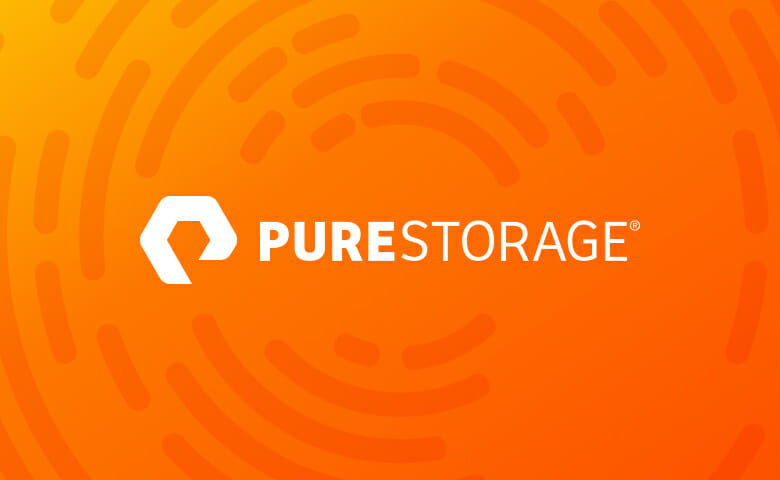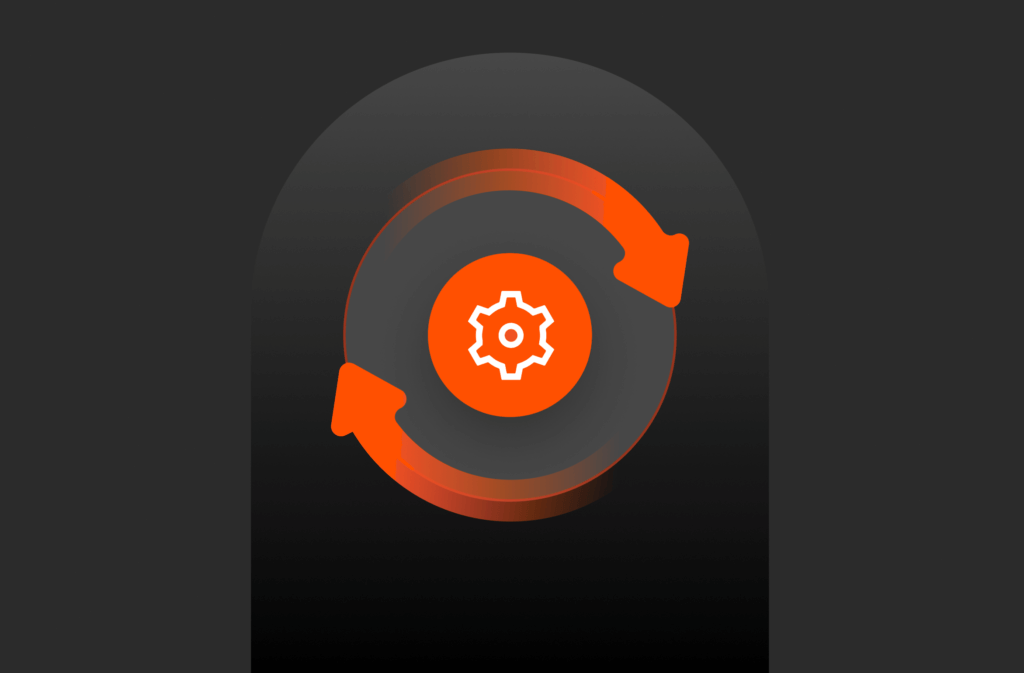Modern storage has a useful life for 6+ years (if not for a decade or more), so any time you are buying storage, future proofing should be front and center as one of the buying criteria. NVMe is a technology critical to future-proofing your storage purchase in 2017. Many vendors would have you believe that NVMe benefits are only going to manifest in a few years. But it turns out that 100% NVMe Flash storage for mainstream Tier 1 deployments is already here, and already delivering tremendous value as our customers can testify. There is no need to wait!
NVMe – when coupled with native, global flash management – has the power to accelerate your databases and large-scale VM farms (even beyond what existing AFAs can do). It unlocks performance density, enabling you to shrink rack units by packing up to 1PB effective in just 3U or get the benefits of shared storage in a top-of-rack flash deployment. More importantly, NVMe future proofs your storage purchase today, so you can continue to take advantage of future technological advances such as massively multi-core CPUs and next-generation memory technologies – both of which need massive parallelism that NVMe delivers.
You can watch the NVMe and Beyond session from Pure //Accelerate 2017 with our engineering architects to get a deep dive into NVMe.
Another resource is a recent blog from Matt Hoyt at AHEAD, a Pure Storage partner. Matt’s blog covers NVMe overview, enablers, and adoption. It’s worth a read here.
IS NVME ALL I NEED?
With the shift from SSDs to NVMe-Flash gaining momentum, one would expect that the legacy storage vendors are on-board, but that’s not the case. You will hear the legacy storage vendors cast doubt on the benefits of NVMe. Legacy vendors will posit that you need either NVMe over Fabrics for host-to-storage connectivity or NVMe coupled with next-generation media (such as 3D Xpoint) within the storage array, in order to realize the benefits of NVMe. With the recent introduction of FlashArray//X, we have proven otherwise.
We would agree with the legacy vendors that NVMe benefits would be “incremental” if all that they are planning to do is simply replace SAS-connected SSDs with NVMe-connected SSDs inside their decades-old storage architectures. Simply put, NVMe is the starting point, but NVMe alone is not sufficient. Cloud-Era flash arrays need to get rid of all disk-era technologies, including the Flash Translation Layer that lives inside each of the 100s of SSDs inside an AFA. NVMe needs to be coupled with modern storage software that manages the flash natively and globally within the storage system.
Doing so unlocks lower and more consistent levels of latency. It also unlocks the next level of density gains, eliminating the hidden compromise of Big SSDs: Legacy storage vendors currently market 15TB SSDs as innovation that delivers density within their AFAs, and rumor has it that 50TB SSDs are coming soon to some of these AFAs. Yet, the best practices for these AFAs turn around and caution against the use of these same drives if you want performance. Why should you have to choose between performance and density, which is forced by traditional Big SSDs? And, doesn’t everyone who is buying an AFA care about performance?
We invested in leading the NVMe transition and unlocked its potential by coupling it with another innovation: DirectFlash™. Unlike a traditional SSD, the DirectFlash Module has a software-defined architecture that is powered by DirectFlash Software. The DirectFlash Module is a very simple piece of hardware, whose only job is to connect a large pool of flash over massively-parallel NVMe pipes to the FlashArray. From that point – all the magic’s in the software – the DirectFlash Software, which implements all the intelligence for flash management globally across the entire flash pool. DirectFlash is a key reason why we’re able to make 100% NVMe flash affordable.
You can learn about DirectFlash in this Lightboard video with Eric Seppanen, a Pure Storage engineer who was a key member of the DirectFlash development team.
For those who are curious, of course, we are also investing in enabling NVMe over Fabrics support. We introduced an NVMe over Fabrics connected DirectFlash Shelf and did a tech preview with our partner Cisco® for end-to-end NVMe at Pure//Accelerate 2017.
DON’T ALL AFAs SUPPORT NVMe NOW?
Another claim (a creative one) that you are likely to hear from legacy vendors is that their AFAs support NVMe too. If you dig into this claim, you’ll discover that what these vendors really mean is that the NV-RAM and/or vault SSDs in their respective AFAs are now NVMe-connected. That should qualify as NVMe support, right?
Not at all. You would still be buying an AFA that has SAS (not NVMe) flash as the back-end media – and that’s what matters. To make the matters worse, most of these AFAs will subject you to a forklift upgrade requiring a complete re-buy of hardware and software and data migration in order to get to true NVMe in the future.
Let’s put NVMe SSD support in NV-RAM, vault SSDs, and/or cache further into perspective. Most competing AFAs have the cache or vault SSDs inside their controllers, where shipping a single-port NVMe drive is pretty easy… simply qualify an off-the-shelf single-port NVMe SSD, no actual intellectual property to be developed. In contrast, moving to NVMe as the bulk storage media requires dual-port and hot-plug capabilities, which are much harder to implement technically and much more expensive than dual-port SAS SSDs unless of course you have an innovative groundbreaking technology like Pure’s DirectFlash.
Further, single-port NVMe SSD support by legacy vendors is hardly innovation, and yet another signal that they’re lagging behind in delivering the capabilities that are needed for the Cloud Era. We invested in developing and hardening dual-port, hot-pluggable NVMe NV-RAM on FlashArray//M in 2013, and have been shipping it since 2015! And, in 2017, we introduced a 100% NVMe mainstream Tier 1 array: FlashArray//X.
We could have stopped there, but like all things at Pure, we also invested in non-disruptive upgradability of FlashArray//M to FlashArray//X and put an NVMe-Ready Guarantee in place. That way, each customer’s investment in FlashArray//M is future-proofed, providing a non-disruptive path for taking advantage of NVMe – without rebuying any of the SAS capacity they have already purchased.
Summary
If you are buying storage in 2017, you have a clear choice: buy an array that has 100% NVMe flash or buy one with SAS SSD flash? The benefits of 100% NVMe flash are numerous, including future proofing. If you decide to go the route of an AFA with SAS flash, we highly recommend that you get in writing from the vendor that you will have a non-disruptive path to NVMe (if and when NVMe support is introduced), and you won’t have to re-buy all of the TBs; otherwise, your storage purchase in 2017 is a throw-away investment!
Here are additional resources for continuing to learn more about NVMe…
Written By:






